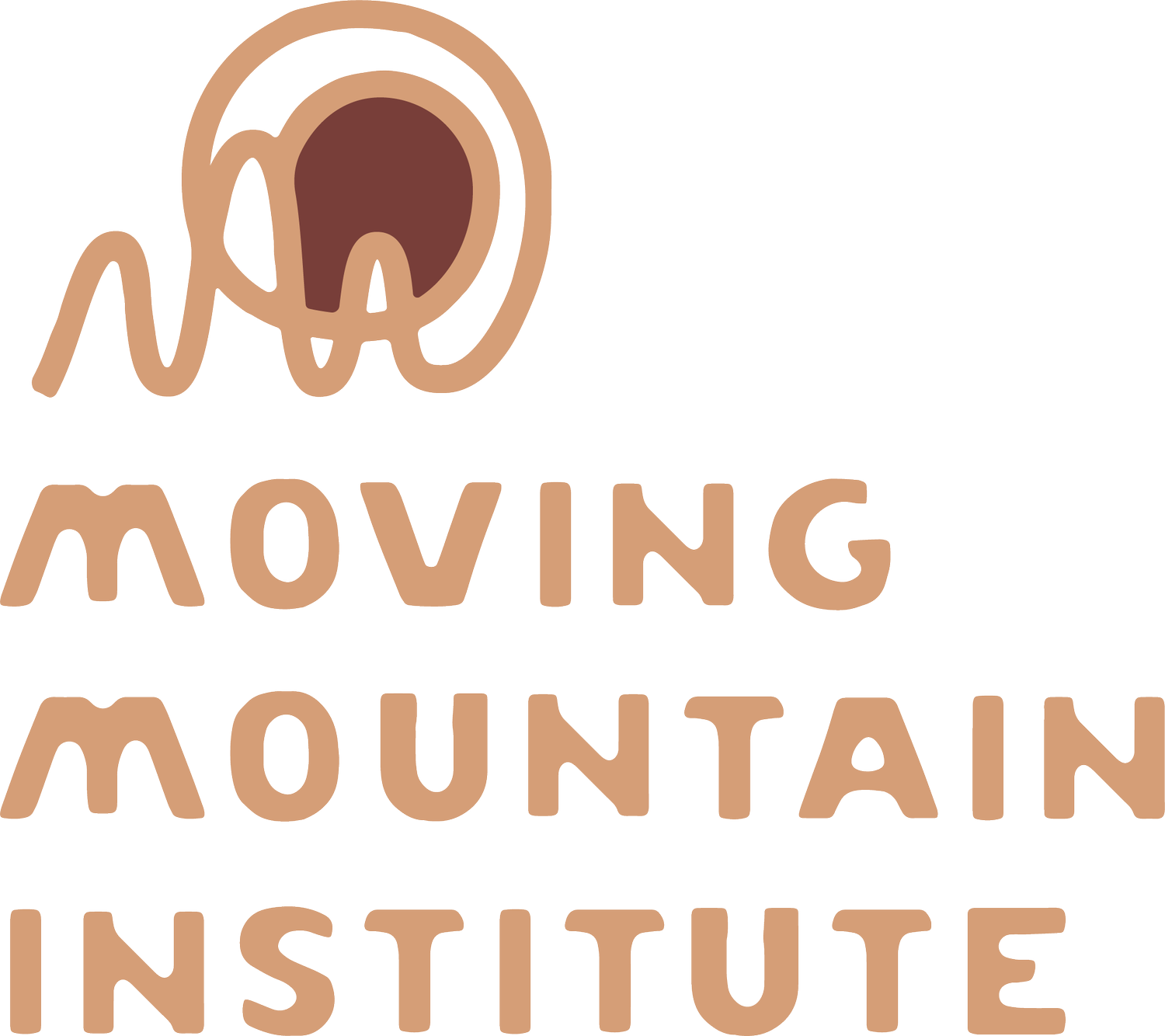CASE STUDY: Hands-on treatments after COVID infection
/If you received your training before COVID—and even if you were in school during COVID—it’s unlikely you received much training in how to address post-COVID symptoms with hands-on techniques.
Under our current healthcare system, bodyworkers, naturopaths, and TCM practitioners are all expected to treat the people and symptom sets that the system can’t or won't.
We are the main interface with healthcare for many. That means we have to be looking out for our people. As we move deeper into the pandemic, our role is essential.
COVID is generally framed as a viral infection with the attendant symptoms, followed by recovery. After recovery, the infected person either moves on symptom free or they develop what’s referred to as post-COVID conditions (PCC) or long COVID.
I think there is a big space of symptoms and experiences between all better/moving on and long COVID. Even patients who have relatively mild infections may develop complex recurrent or chronic conditions related to their COVID infection. Providing effective treatment to patients in the healing and recovery stages of infection demands a nuanced, oblique view of this new disease vector.
CASE STUDY
I recently had a case that underscores the importance of how we treat COVID, holistically.
A late 50s male patient came to the clinic after having COVID. Patient complained of brain fog and fatigue with left arm pain that had unique presentations. Patient was fully vaccinated at the time of infection.
Pain was intermittent, usually after doing a movement with his arm. It could be almost any type of movement. Pain was not in any joint. This was the first kind of weird sign; usually folks have pain related to the shoulder, elbow, or wrist with pain then referring either down or upstream. Pain would be sharp and severe, then go away almost immediately.
Patient has had severe head trauma in his history, about 30 years prior and states that the effects of that trauma have been accommodated by different therapies after the injury and learning how to effectively compensate.
When the patient had COVID he also had intense arrhythmias. By the time the patient came to my clinic the arrhythmias had resolved.
I felt fairly well-oriented to working with the cognitive issues. Generally, craniosacral therapy combined with myofascial work for the neck is helpful and given his history I felt comfortable treating that symptom with those techniques.
I assumed I would find meaningful tissue tension in the patient’s neck (scalenes) that would relate to the arm symptoms. I started the patient face up and began at the neck.
I was surprised and somewhat disoriented when I didn’t find anything in the neck that felt relevant to his L arm symptoms. I palpated the shoulder, upper arm, elbow, forearm and wrist and all the tissue felt relatively supple—nothing that would indicate the symptoms he described. Now I was more disoriented.
I then checked his lateral intercostal spaces on the left side and finally felt something that seemed relevant. The lateral intercostal spaces are a focal point of treatment for me in some upper extremity, thoracic, or digestive cases (think diaphragm).
There was a lot of meaningful work to do in the intercostal spaces, serratus anterior, pec major and minor and the fascia of the thoracic cavity. He and I discussed that it was possible that the arrhythmias had created some fascial restrictions in the chest/thoracic cavity that were expressing themselves in the L arm. At least it was a reasonable working hypothesis.
We did about 20 minutes of craniosacral therapy and anterior neck work to end the first visit.
I have seen the patient twice more since then and each time the patient reports both symptom sets are improving with care.
I started the patient on a Chinese herbal formula for blood stagnation which has been common in folks with symptoms after COVID.
Moving Forward
There are so many people out there with strange symptom pictures that conventional medicine doesn’t know how to treat effectively.
I believe COVID is going to significantly increase those numbers, and with another massive surge underway at the time of this writing, they won’t be subsiding any time soon.
Post-COVID patients need a place to go to receive supportive care that benefits them.
We are that place.
You and your work matter.


